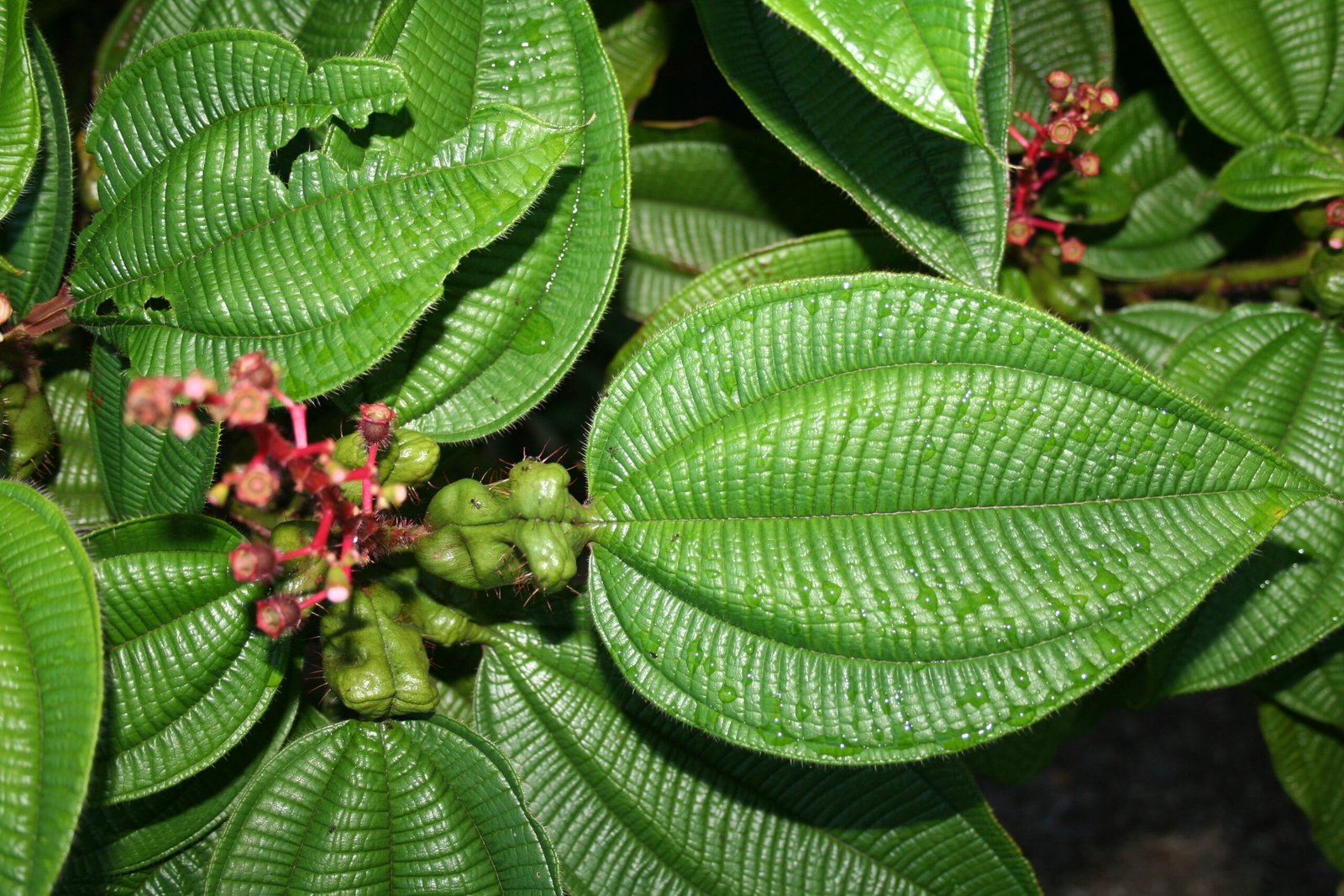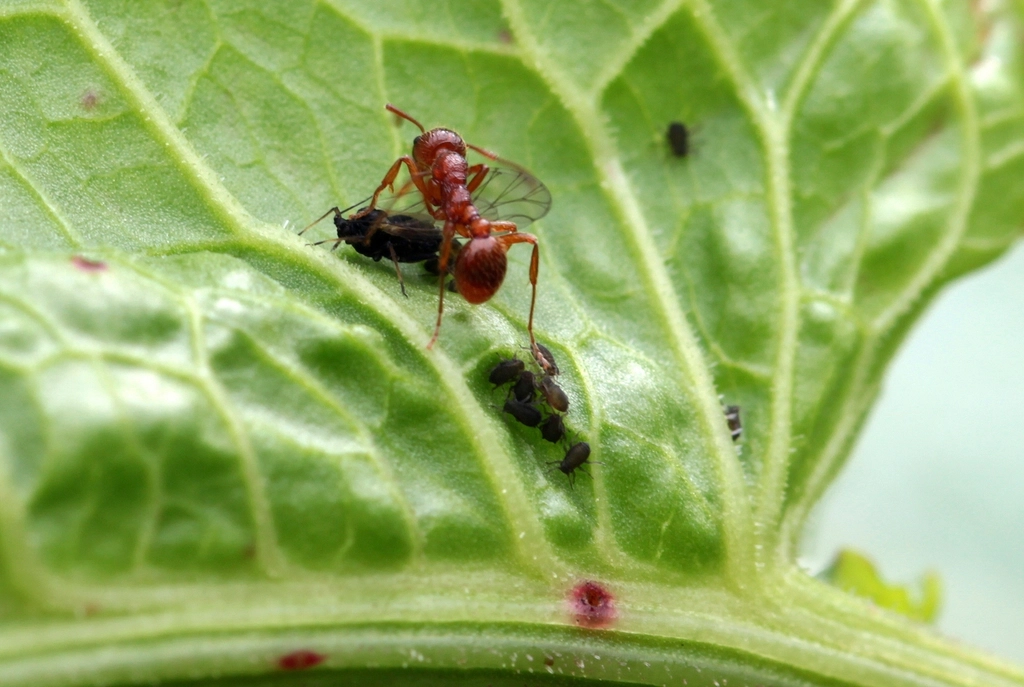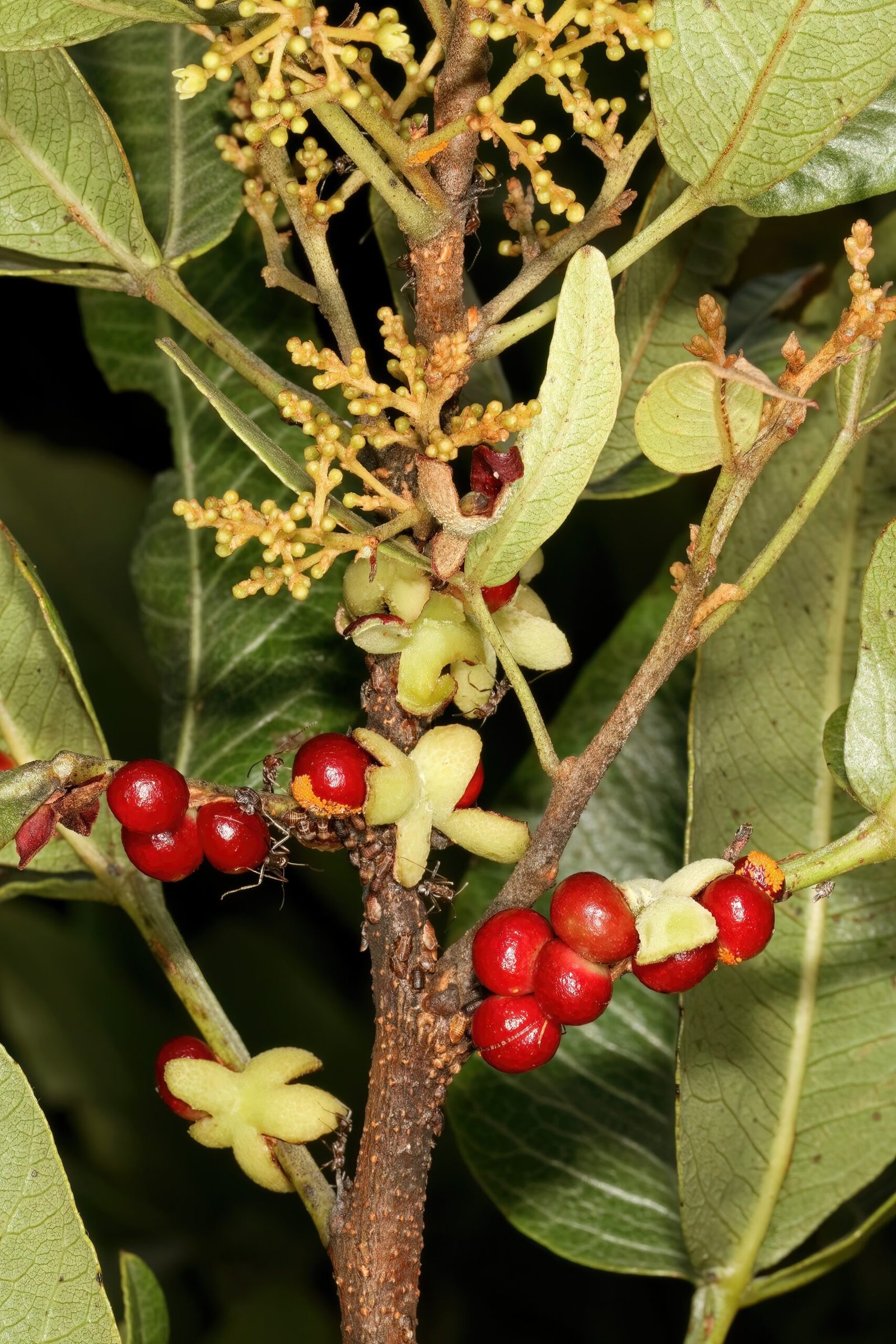Imagine a world where plants have their very own security detail, tirelessly guarding them against herbivores and other threats. It might sound like something out of a fantasy novel, but in the natural world, this is a reality. Some plants have evolved fascinating strategies to recruit ants as their personal bodyguards. These remarkable relationships are not just a testament to nature’s creativity but also a vivid example of mutualistic interactions. Let’s delve into the intriguing world of plants and ants and discover how these unlikely partnerships come to be.
The Art of Attraction: Luring Ants with Sweet Rewards
Plants have mastered the art of seduction, and it all begins with enticing ants using sweet rewards. Many plants produce nectar outside their flowers, known as extrafloral nectar. This sugary substance acts as a powerful lure for ants, drawing them in with the promise of a delicious meal. Imagine a bakery on every corner offering free samples; that’s how irresistible these nectaries are to ants. The nectar not only attracts ants but also keeps them coming back, ensuring a constant presence of these tiny protectors on the plant.
Building a Fortress: The Role of Domatia

Once ants are lured by the nectar, some plants offer them a cozy abode to stay in. These plants have developed specialized structures called domatia, which serve as living quarters for ants. These structures can be hollow stems, swollen thorns, or even leaf pouches. By providing shelter, plants ensure that ants remain close by, ready to defend their hosts at a moment’s notice. It’s akin to offering a guest room to a security guard, ensuring they’re always on hand to protect the premises.
A Defensive Alliance: Ants as Aggressive Protectors
In exchange for food and shelter, ants offer their services as aggressive defenders of their plant hosts. When herbivores or other threats approach, ants swarm out to attack, biting and spraying formic acid to deter intruders. This formidable defense mechanism can be likened to an army of tiny soldiers, each one dedicated to safeguarding their territory. The presence of ants can significantly reduce the damage caused by herbivores, making this alliance a win-win situation for both parties.
The Chemical Communication: A Secret Language

Communication is key in any successful relationship, and the plant-ant partnership is no exception. Plants often emit specific chemical signals to attract and communicate with ants. These signals can indicate the presence of nectar or even alert ants to potential threats. It’s like a secret language, where each chemical cue carries a distinct message. This sophisticated form of communication ensures that ants are always in tune with the needs of their plant partners.
Case Study: The Bullhorn Acacia and Its Ant Army

One of the most well-known examples of plant-ant mutualism is the relationship between the bullhorn acacia and its resident ants. The acacia provides both food and shelter, producing nectar and housing ants in its hollow thorns. In return, the ants aggressively protect the acacia from herbivores and competing plants. This partnership is so effective that the acacia can thrive in environments where other plants struggle. It’s a testament to the power of collaboration in the natural world.
Ants as Gardeners: Pruning and Cleaning

Beyond defense, some ants take on the role of gardeners for their plant hosts. They prune away competing vegetation and even remove fungal spores, ensuring the plant’s health and growth. This behavior is akin to a meticulous gardener tending to their prized rose bush, ensuring it remains healthy and vibrant. Such actions highlight the depth of the relationship between plants and ants, showcasing a level of care and commitment that goes beyond mere protection.
Mutual Benefits: A Symbiotic Relationship

The relationship between plants and ants is a prime example of mutualism, where both parties benefit. While plants gain protection and maintenance, ants receive food and shelter. This symbiotic relationship is a beautiful demonstration of how different species can coexist and thrive together. It’s a reminder that in nature, cooperation often leads to the greatest success.
Evolutionary Insights: How These Partnerships Developed

The evolution of plant-ant relationships offers fascinating insights into the adaptive strategies of both parties. Over millions of years, plants have developed traits to attract and accommodate ants, while ants have evolved behaviors to protect and nurture their hosts. This co-evolutionary dance is a testament to the dynamic and ever-changing nature of life on Earth. It illustrates how species can shape each other’s destinies through intricate interactions.
Implications for Conservation: Protecting Mutualistic Relationships

Understanding the delicate balance of plant-ant relationships has significant implications for conservation efforts. Preserving these interactions is crucial for maintaining biodiversity and ecosystem health. As habitats are threatened by human activities, protecting these mutualistic partnerships becomes even more important. It’s a call to action for conservationists to prioritize the preservation of these intricate relationships, ensuring the continued survival of both plants and ants.
The Future of Plant-Ant Interactions: A World of Possibilities

The future of plant-ant interactions holds endless possibilities for scientific exploration and discovery. As researchers continue to unravel the complexities of these relationships, new insights into the natural world are sure to emerge. These findings could lead to innovative approaches in agriculture, pest management, and conservation. The study of plant-ant interactions serves as a reminder of the wonders of nature and the potential for collaboration between species.
In conclusion, the captivating world of plant-ant relationships reveals the extraordinary lengths to which nature will go to ensure survival and success. These partnerships are a testament to the power of mutualism, cooperation, and the incredible diversity of life on our planet. As we continue to explore and understand these interactions, we gain a deeper appreciation for the intricate web of life that surrounds us. What other secrets might nature hold, waiting for us to uncover?



